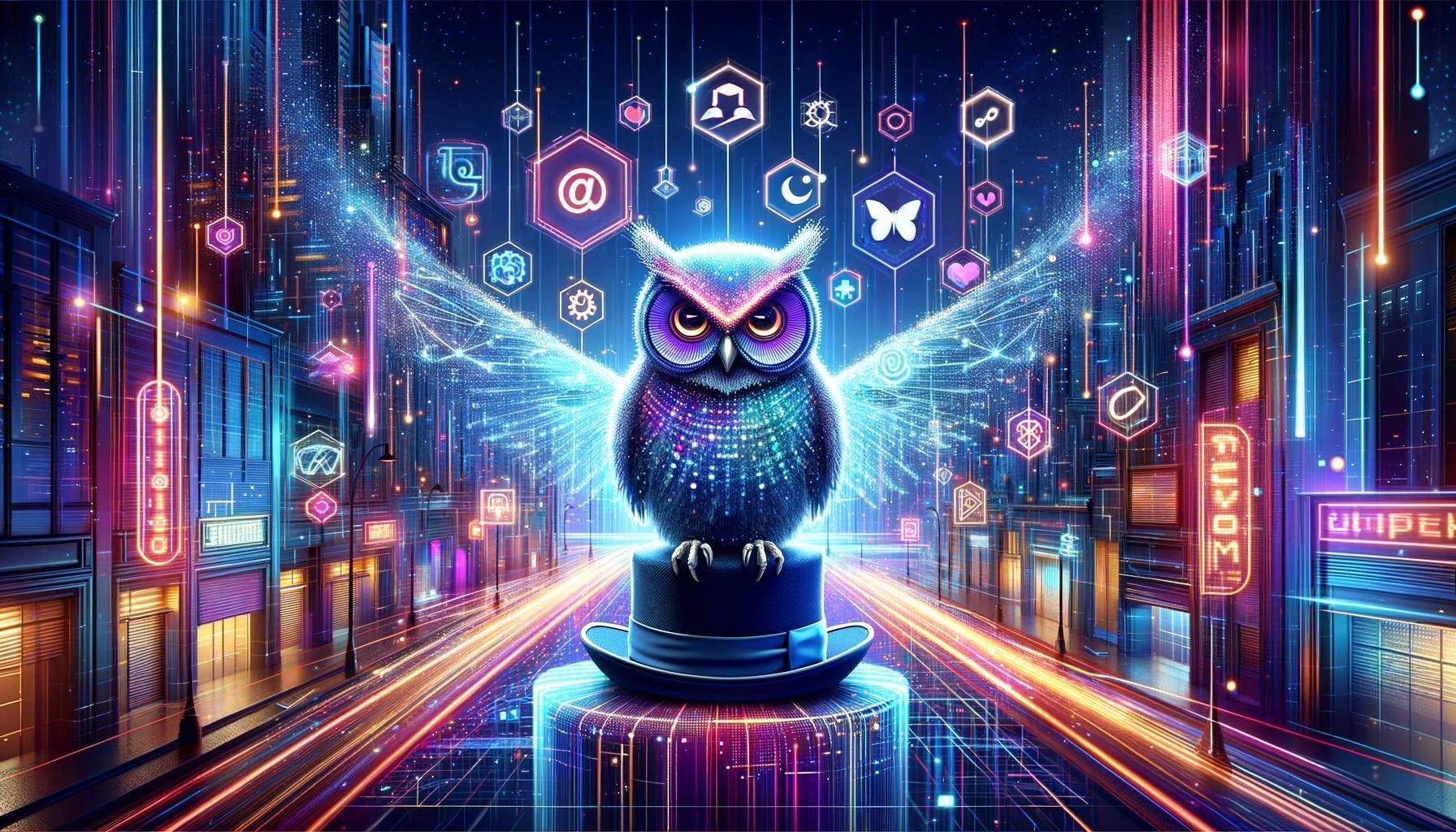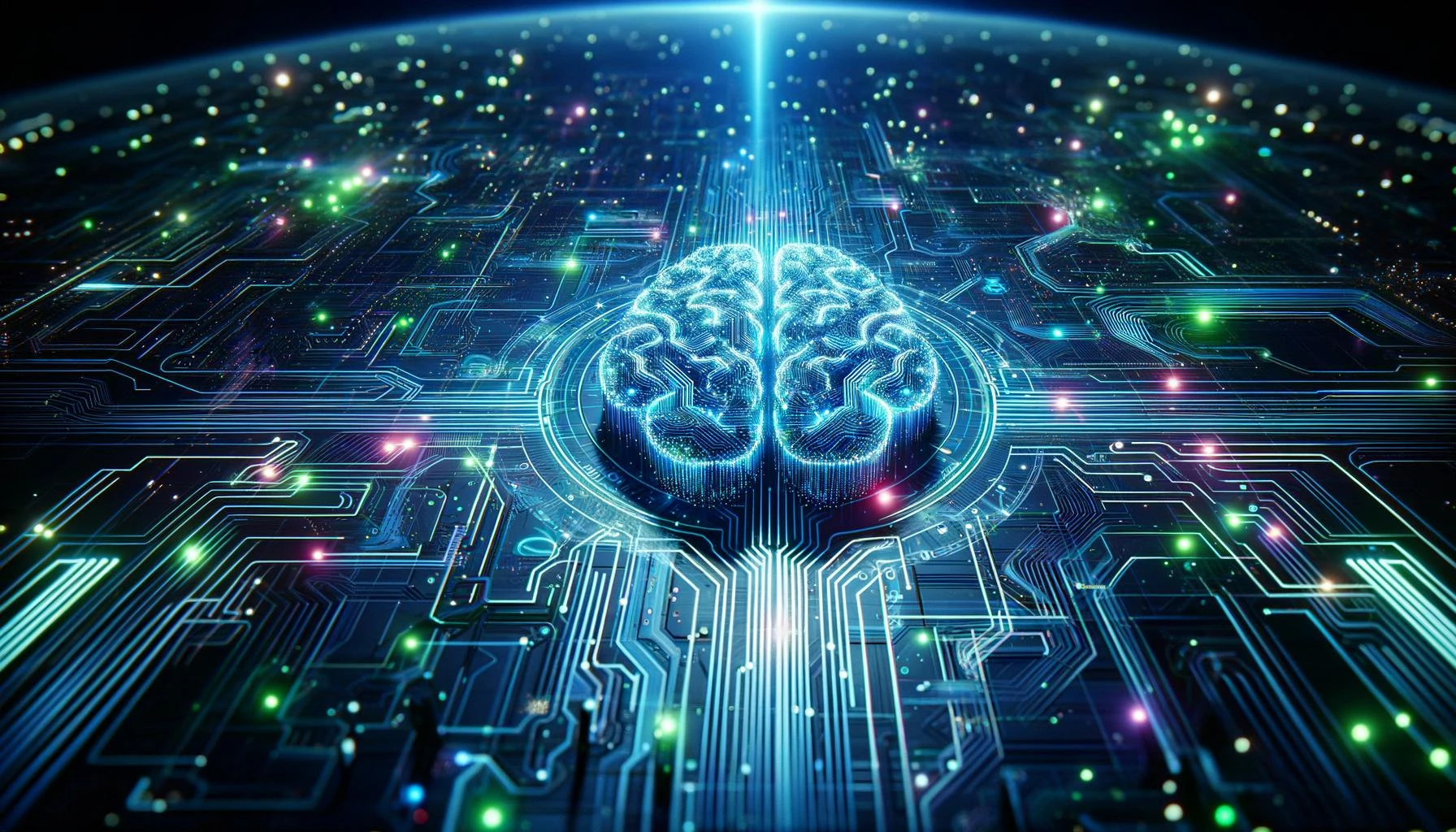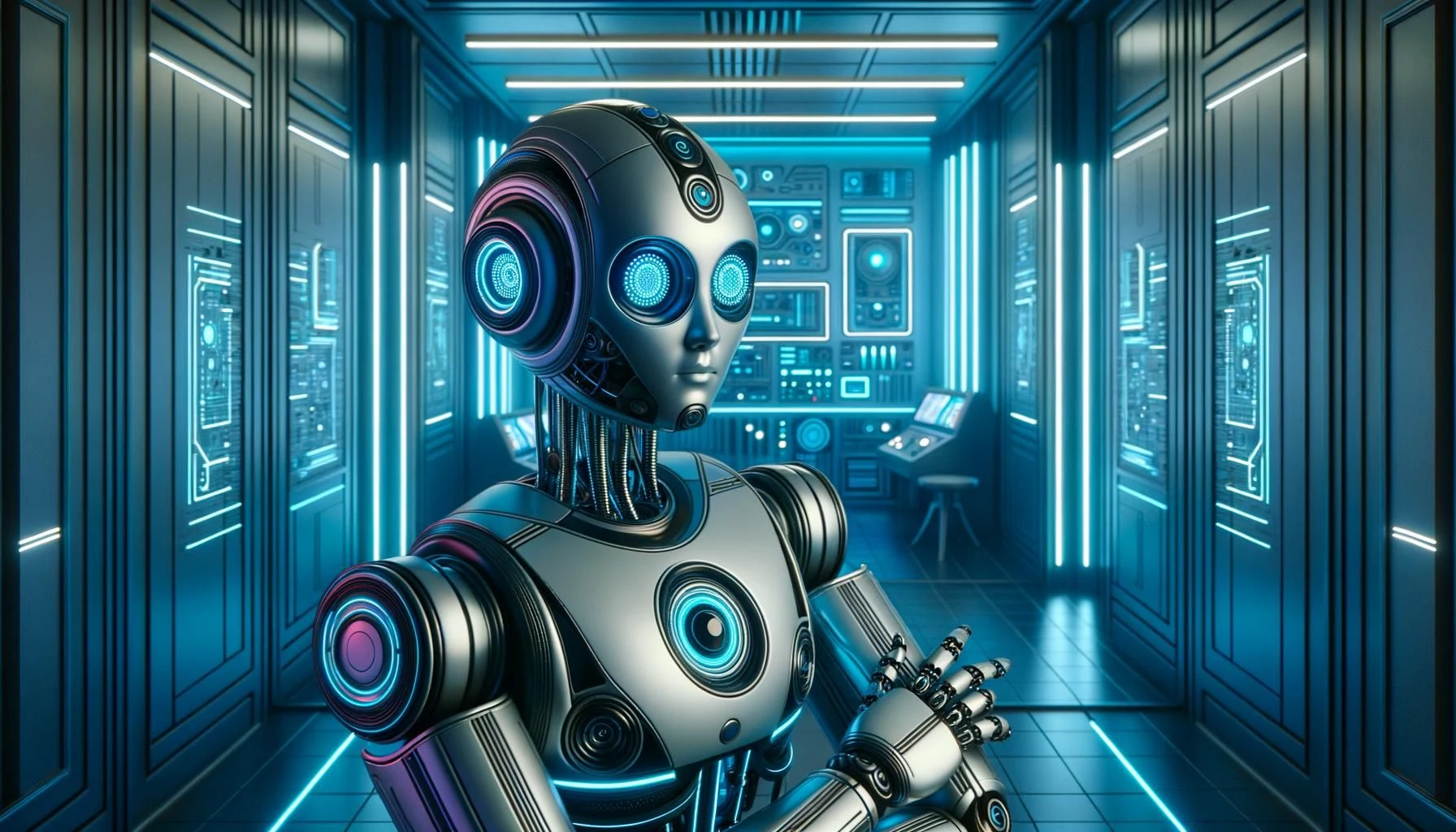Published by Contentify AI
- Introduction
- Evolution of Chatbots in Marketing
- Benefits of AI Chatbots in Marketing Communications
- Challenges of Implementing AI Chatbots
- Future Trends in AI Chatbots

Key Takeaways
- AI chatbots are becoming increasingly popular in marketing communications
- They provide personalized interactions and faster response times
- AI chatbots can help businesses save time and resources by automating customer interactions
Introduction
In recent years, technological advancements have significantly transformed the marketing landscape. One of the most notable advancements is the development and integration of AI chatbots into marketing communications. These intelligent systems are designed to emulate human conversation, providing businesses with a powerful tool to engage with customers more effectively and efficiently. As companies strive to enhance customer experience and streamline operations, the rise of AI chatbots in marketing communications has proven to be a pivotal development. This surge is not just a fleeting trend; it represents a fundamental shift in how businesses interact with their audience, making marketing strategies more dynamic and responsive.
Evolution of Chatbots in Marketing
Chatbots have come a long way since their inception, evolving from simple rule-based systems to sophisticated AI-driven solutions. Early chatbots were limited in functionality, relying on pre-programmed responses that could handle only basic queries. These initial versions were often frustrating for users due to their inability to understand context or provide meaningful interactions.
The integration of artificial intelligence marked a significant turning point. Natural Language Processing (NLP) and machine learning algorithms enabled chatbots to comprehend and respond to user inputs more naturally. This advancement has allowed businesses to deploy chatbots capable of managing complex queries, offering personalized recommendations, and even processing transactions.
The rise of AI chatbots in marketing communications has consequently reshaped customer engagement strategies. Modern chatbots can seamlessly integrate with various digital platforms, including websites, social media, and mobile apps, providing customers with instant support around the clock. This continuous availability not only enhances customer satisfaction but also frees up human resources for more complex tasks.
Moreover, AI chatbots collect and analyze vast amounts of customer data in real-time, offering invaluable insights into consumer preferences and behaviors. Marketers can leverage this information to tailor their campaigns more precisely, improving overall effectiveness and ROI.
In summary, the evolution of chatbots has transitioned from rudimentary scripted responses to advanced AI interactions, significantly impacting marketing communications by enhancing customer engagement, streamlining operations, and providing actionable insights.
Get Started with AI Marketing Automation
Empower your marketing efforts with AI-powered automation. Sign up now to start generating and publishing targeted content automatically.
Benefits of AI Chatbots in Marketing Communications
AI chatbots offer numerous benefits that are transforming the marketing communications landscape. One of the most significant advantages is their ability to provide instant customer support and engagement. Unlike human agents who have time constraints, AI chatbots are available 24/7, ensuring that customer queries are addressed promptly, thereby enhancing customer satisfaction and loyalty.
Another key benefit lies in personalization. AI chatbots can analyze customer data to offer tailored recommendations and responses. This personalized approach not only improves user experience but also increases the likelihood of conversions. For instance, when a chatbot can recall a customer’s previous interactions and preferences, it provides a more customized and relevant interaction, making the customer feel valued.
Cost-efficiency is another compelling advantage. Implementing AI chatbots can substantially reduce operational costs. Businesses can automate routine tasks and customer service inquiries, freeing up human resources for more complex and strategic activities. This not only lowers labor costs but also allows for more efficient allocation of resources.
Scalability is an additional benefit. AI chatbots can handle multiple conversations simultaneously, making them ideal for businesses experiencing high volumes of customer interactions. This ensures that no customer is left waiting, thereby enhancing overall service delivery and operational efficiency.
Data collection and analysis are also significantly improved with AI chatbots. These systems can gather valuable insights into customer behavior and preferences, providing marketers with actionable data. This data can then be used to fine-tune marketing strategies, making campaigns more targeted and effective.
Furthermore, the integration of AI chatbots in marketing communications adds a layer of consistency in messaging. Unlike human agents, chatbots deliver uniform responses, ensuring that the brand’s voice and message remain consistent across all customer interactions.
In summary, the rise of AI chatbots in marketing communications is revolutionizing how businesses interact with their customers. From instant support and personalized experiences to cost-efficiency and scalability, AI chatbots offer a myriad of benefits that are essential for modern marketing strategies.
Challenges of Implementing AI Chatbots
Implementing AI chatbots in marketing communications comes with its set of challenges. One of the primary obstacles is the initial setup and integration. Developing a sophisticated AI chatbot requires significant investment in technology and expertise. Companies need to ensure that the chatbot can seamlessly integrate with existing systems such as CRM, e-commerce platforms, and customer support tools. This process can be both time-consuming and costly.
Another significant challenge is ensuring the chatbot’s accuracy and reliability. While AI chatbots have advanced considerably, they are not infallible. Misunderstandings and errors in responding to customer queries can lead to frustrations. Ensuring that the chatbot is continually learning and improving through machine learning algorithms is crucial, but this requires ongoing maintenance and updates.
Data privacy and security also pose considerable challenges. AI chatbots often handle sensitive customer information, making them targets for cyber-attacks. Ensuring robust security measures and compliance with data protection regulations is essential to maintain customer trust and protect company data.
User acceptance is another hurdle. While the rise of AI chatbots in marketing communications has been notable, not all customers are comfortable interacting with bots. Some prefer human interaction and may feel alienated by automated responses. Businesses need to find a balance between automation and human touch to cater to different customer preferences.
Furthermore, there is the challenge of maintaining a natural and engaging conversation flow. Despite advancements in natural language processing, creating a chatbot that can engage in meaningful, context-aware conversations remains a complex task. Poorly designed chatbots can lead to disengagement and a negative customer experience.
In conclusion, while the rise of AI chatbots in marketing communications offers numerous benefits, businesses must navigate these challenges carefully to implement them effectively.
Future Trends in AI Chatbots
As businesses continue to explore innovative ways to engage with customers, AI chatbots are poised to become even more advanced and integrated into marketing strategies. One notable trend is the increased sophistication of chatbots, driven by advancements in natural language processing and machine learning. These technologies will enable chatbots to understand and respond to customer queries more accurately, providing a more seamless and human-like interaction.
Furthermore, the integration of AI chatbots with other emerging technologies, such as augmented reality (AR) and virtual reality (VR), is set to revolutionize customer experiences. Imagine a chatbot guiding a customer through a virtual store or providing AR-based product demonstrations. This level of interactivity can significantly enhance customer engagement and provide a more immersive experience.
Another trend is the use of AI chatbots for hyper-personalization. By leveraging vast amounts of customer data, chatbots will be able to deliver highly personalized content, recommendations, and offers. This capability can drive higher conversion rates and foster stronger customer loyalty, as consumers increasingly expect tailored interactions from brands.
Voice-activated AI chatbots are also gaining traction, thanks to the popularity of smart speakers and voice assistants. Integrating chatbots with voice technology will allow customers to interact with brands using natural speech, further simplifying the user experience and making it more accessible.
Moreover, the rise of AI chatbots in marketing communications will see these tools becoming more proactive. Instead of waiting for customers to initiate contact, chatbots will use predictive analytics to anticipate customer needs and reach out with timely, relevant information. This proactive approach can significantly enhance customer satisfaction and drive engagement.
Finally, as AI chatbots become more widespread, the focus on ethical AI and data privacy will intensify. Businesses will need to ensure their chatbots are transparent, secure, and compliant with data protection regulations to maintain customer trust.
In summary, the future of AI chatbots in marketing communications looks promising, with advancements in technology, integration with other emerging tools, and a focus on personalization and proactive engagement set to drive their evolution.















